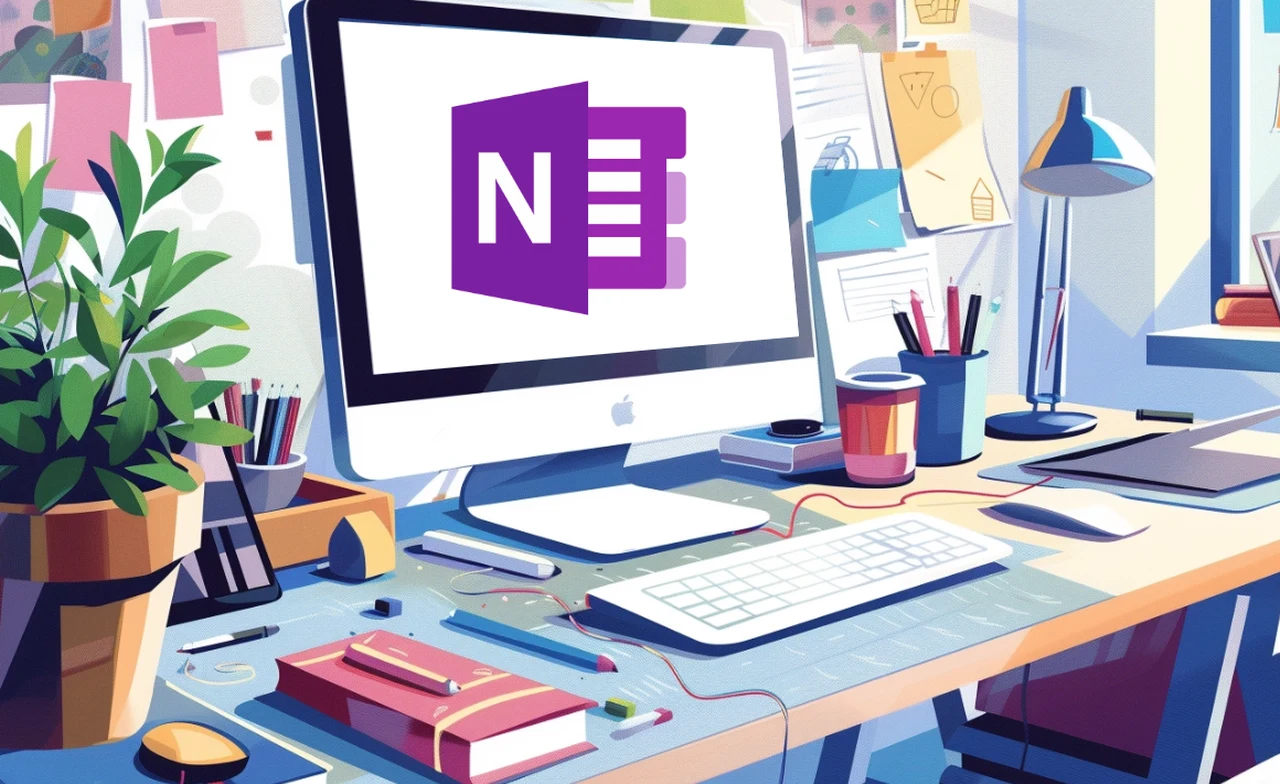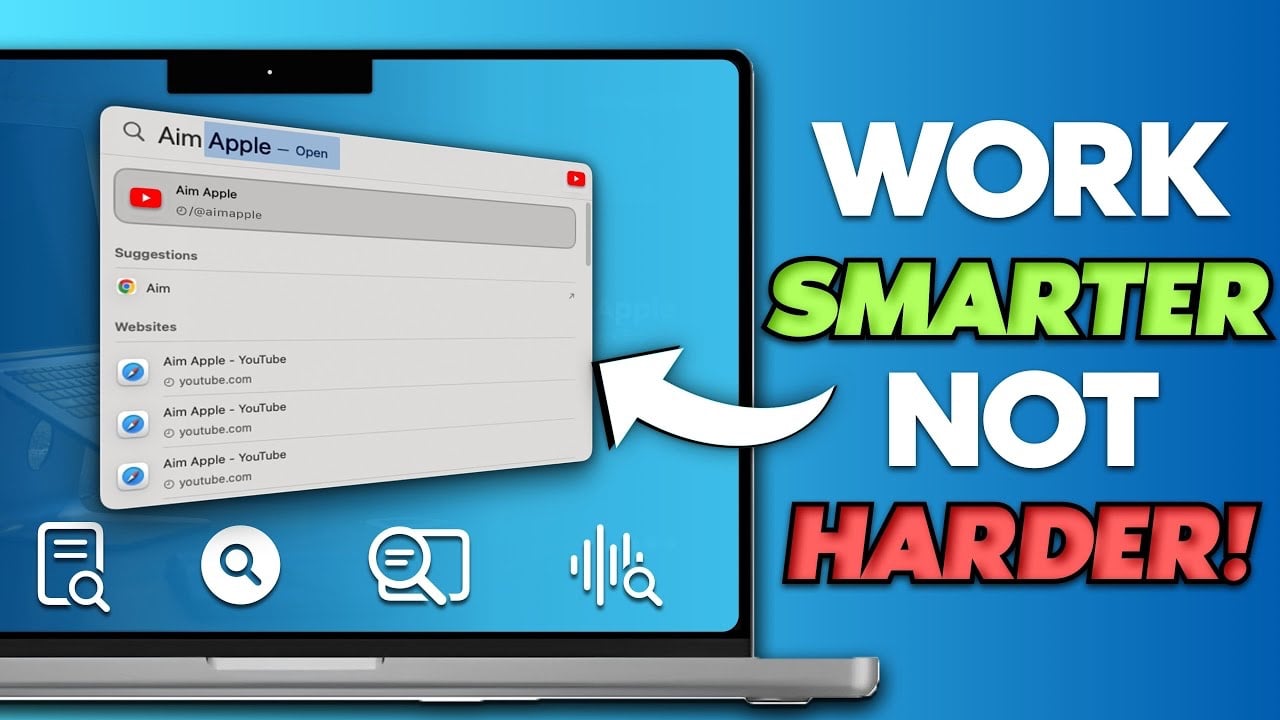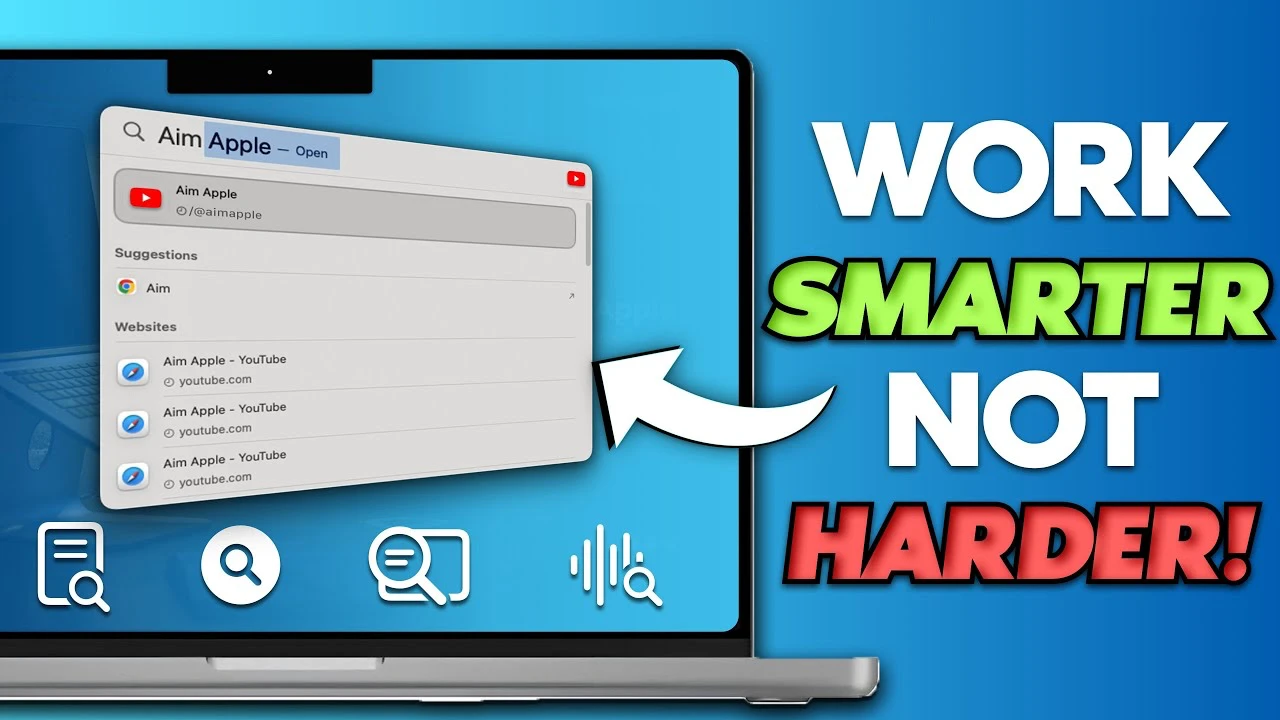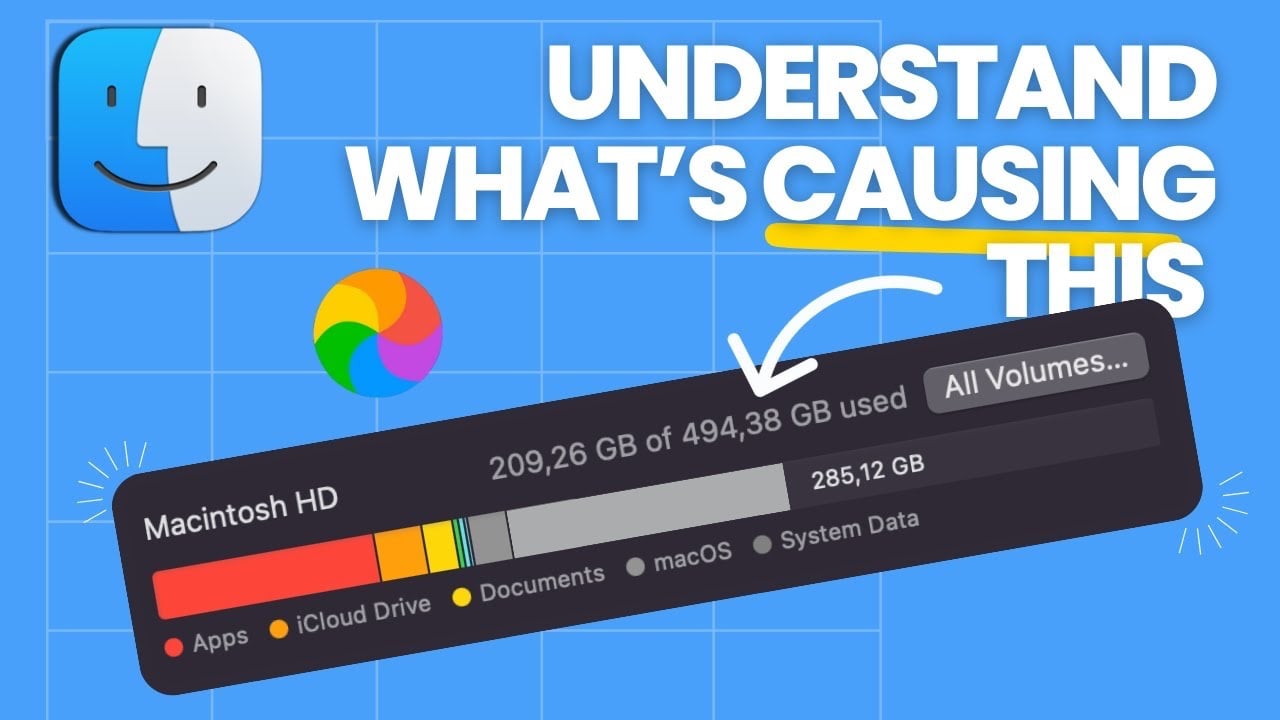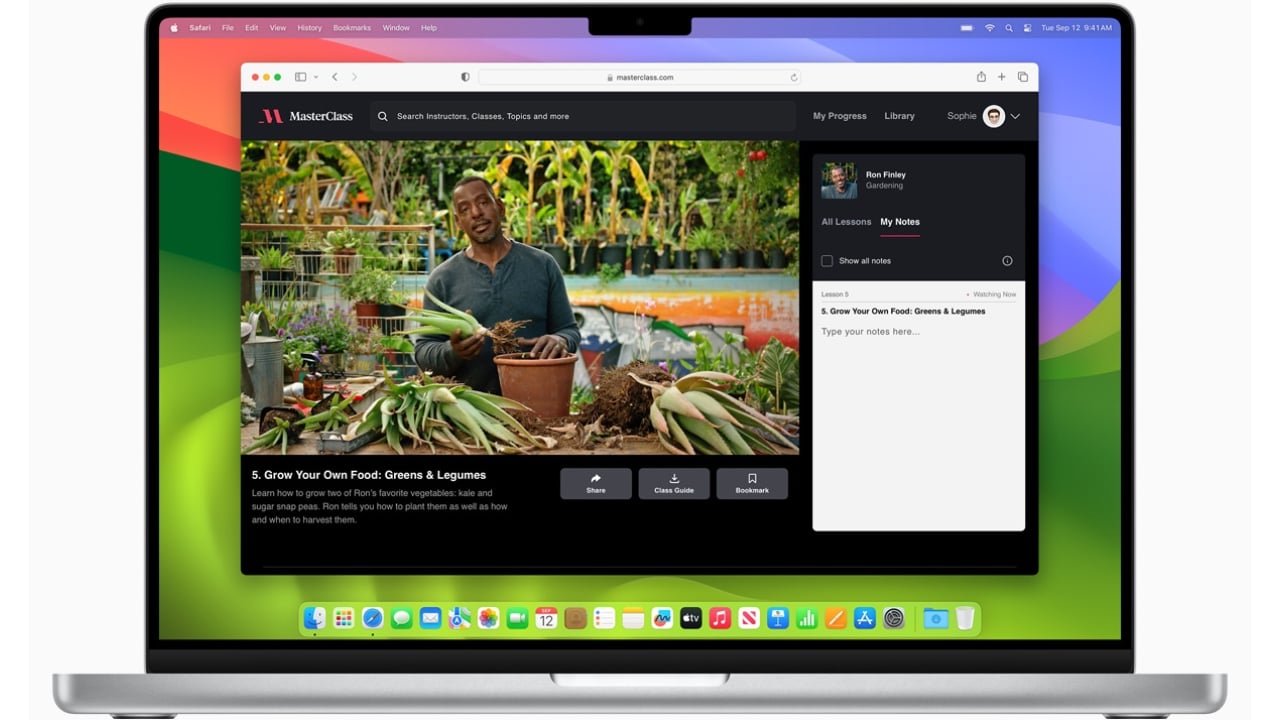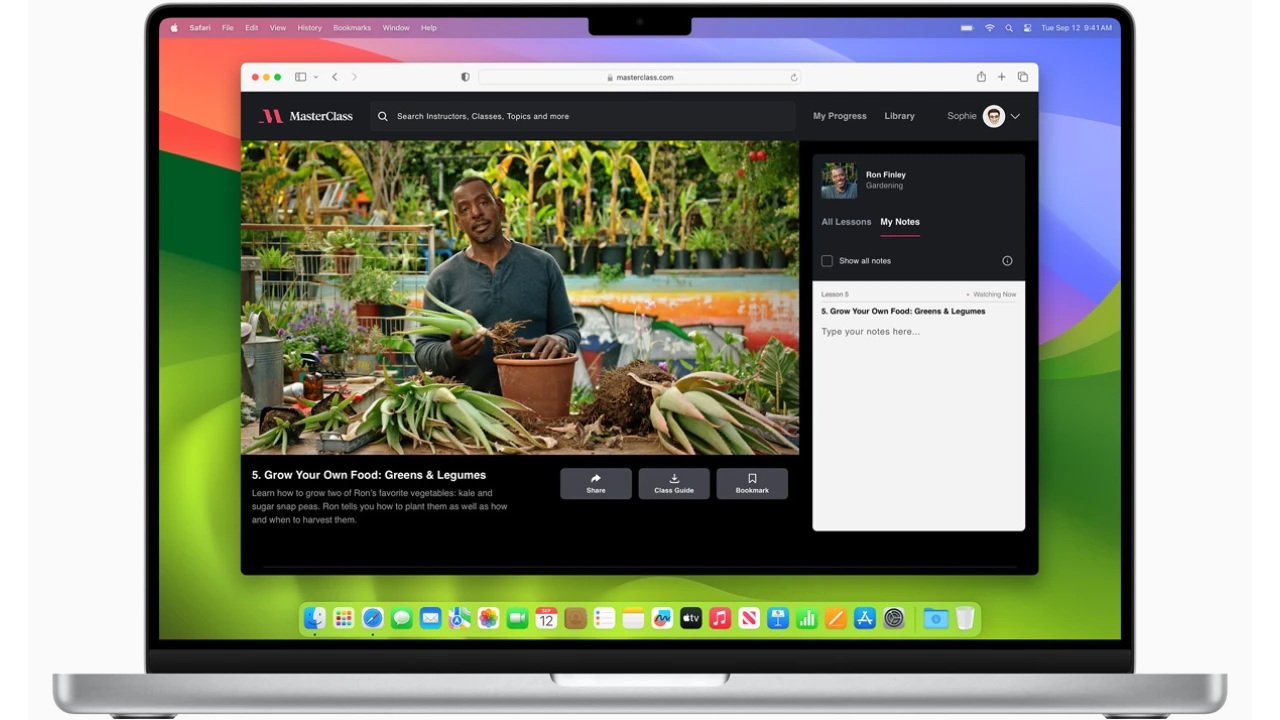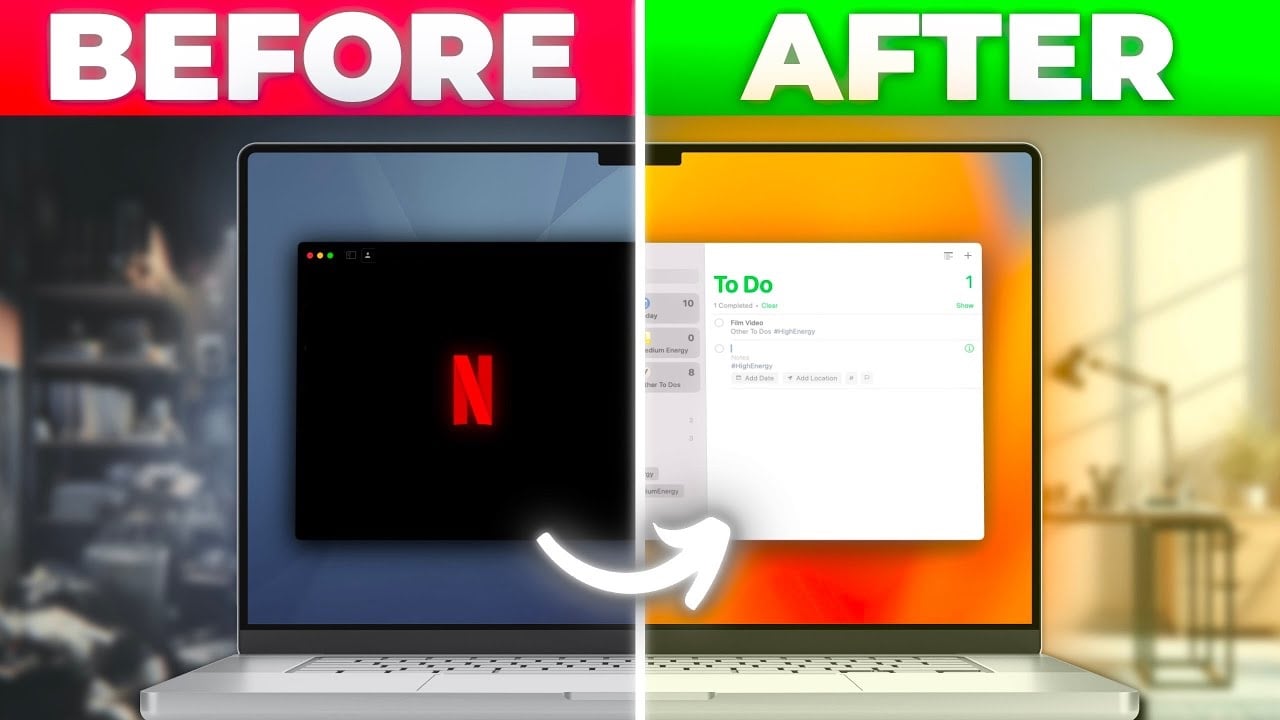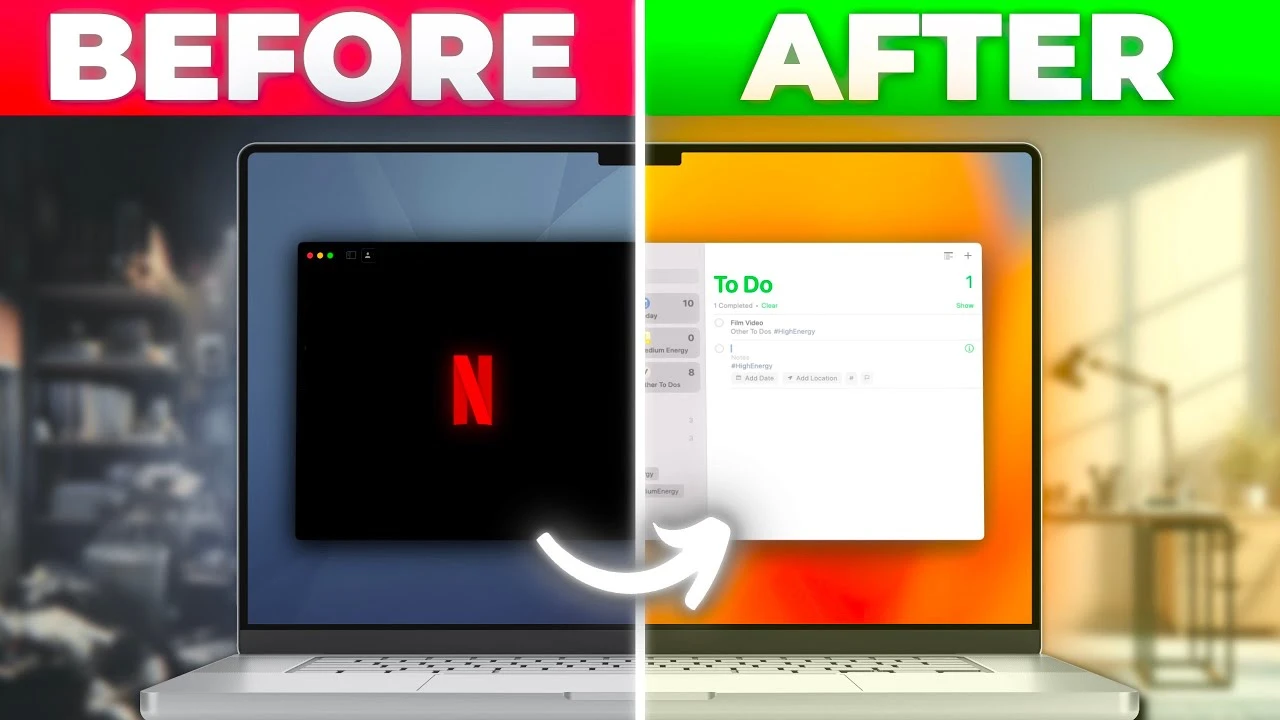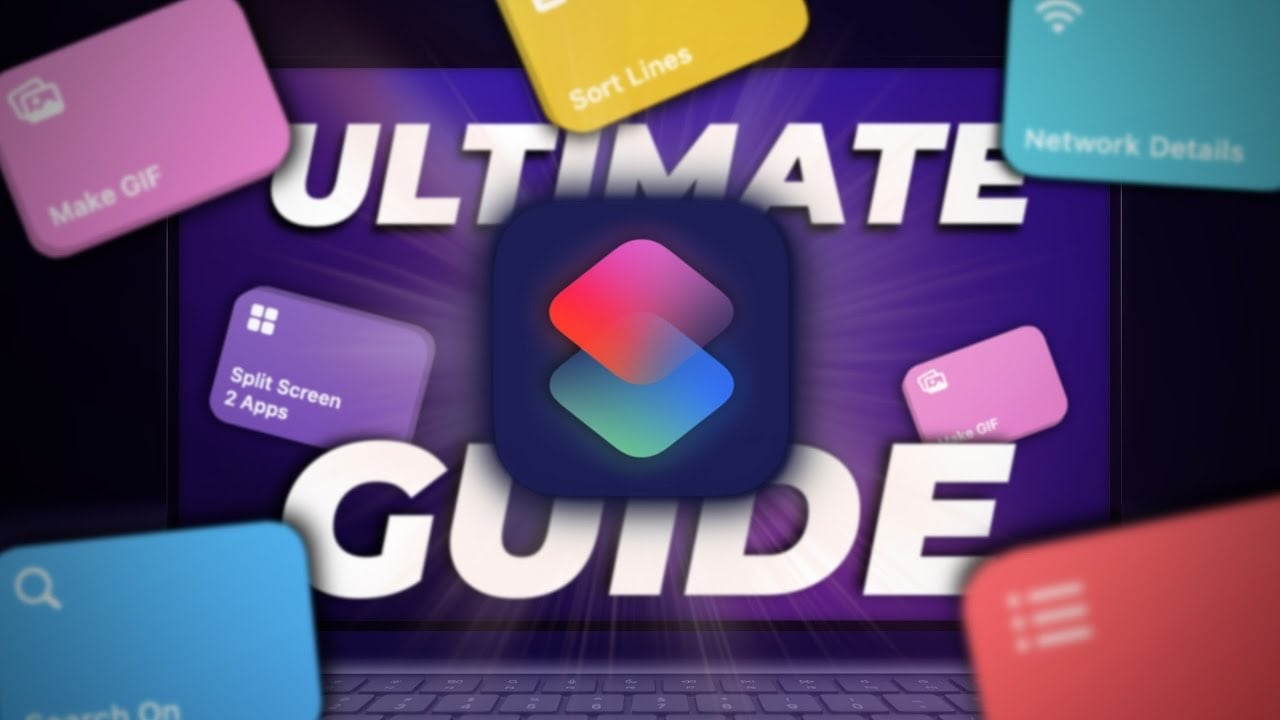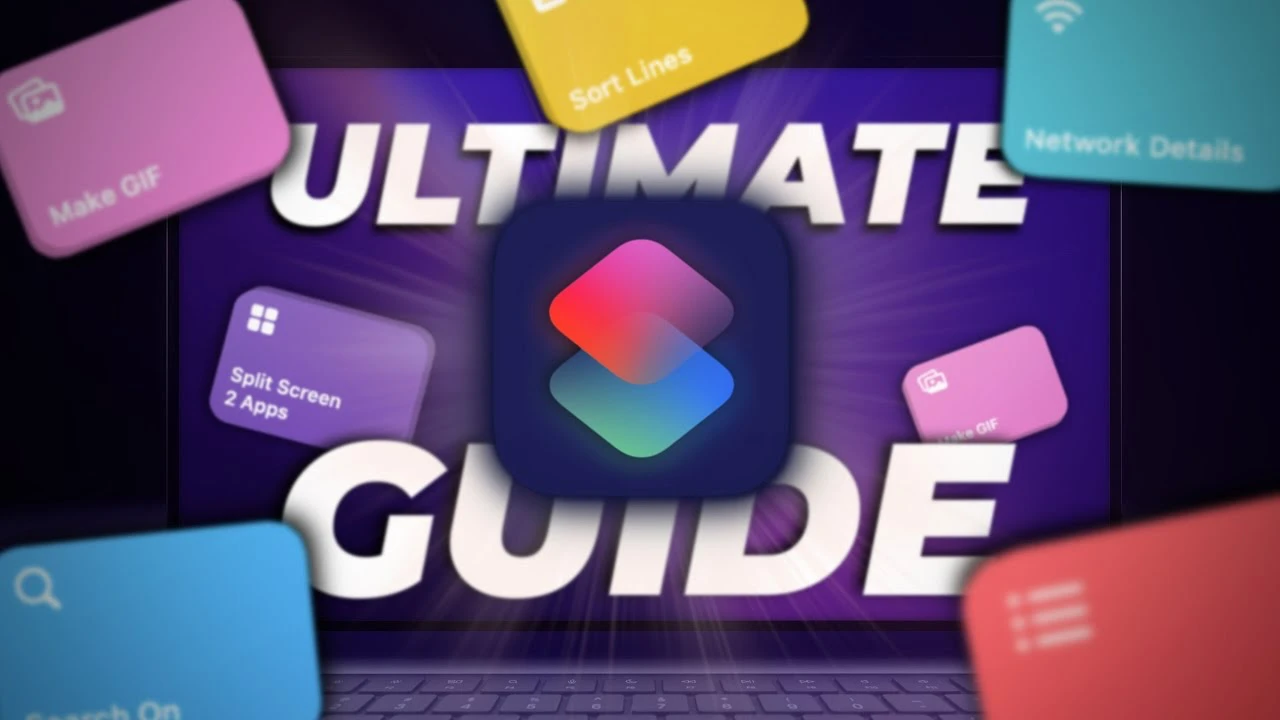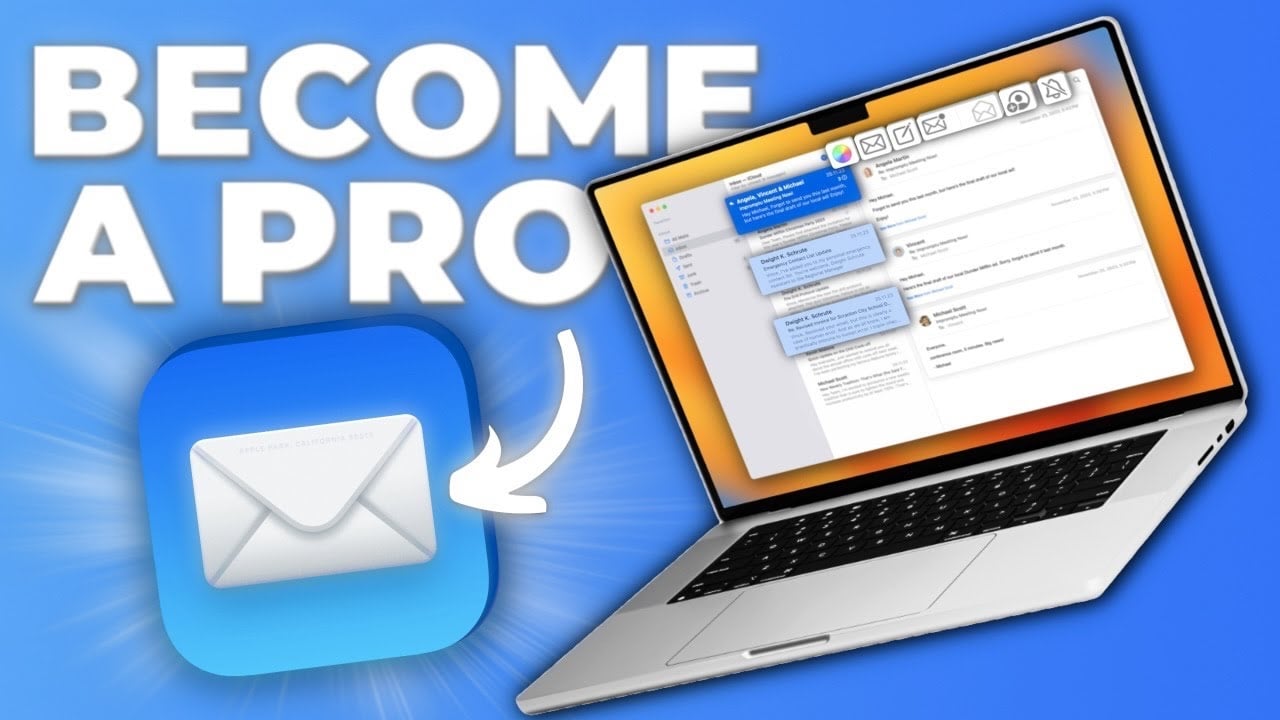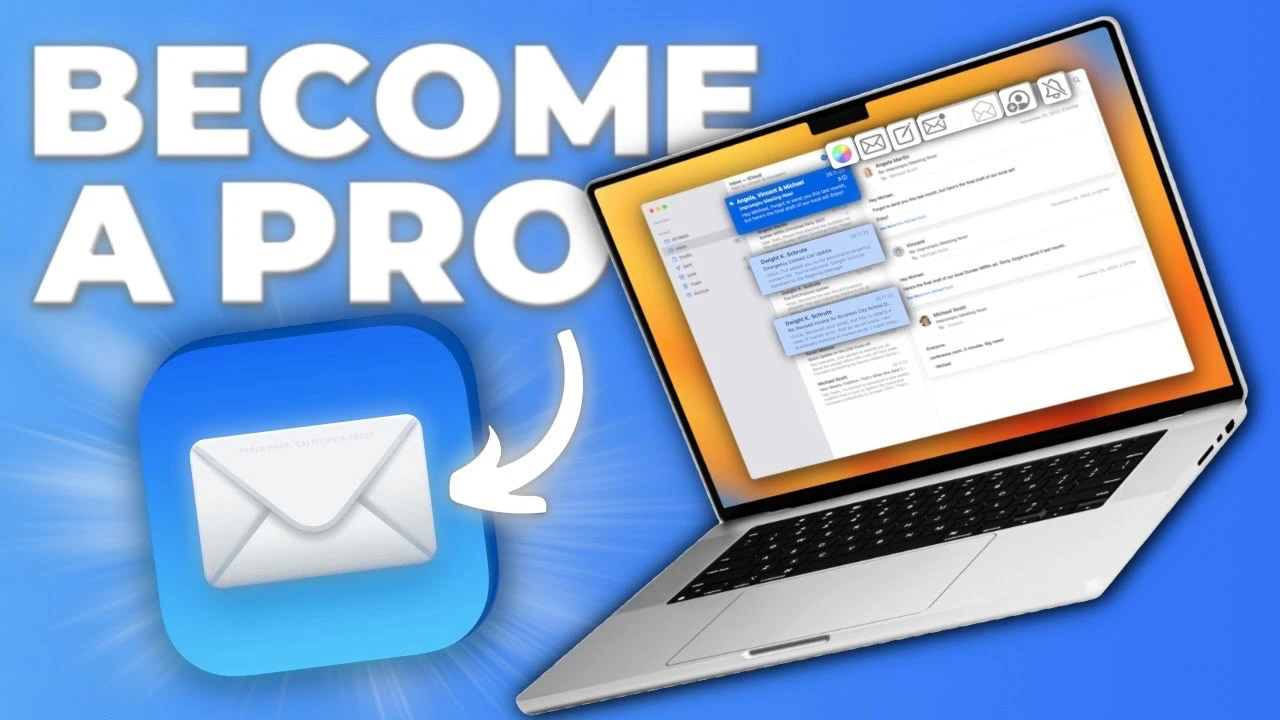
Important Reminders Before You Begin
- Back it up!: A factory reset completely wipes your Mac. Make sure you’ve backed up all important files, photos, and documents using Time Machine or your preferred cloud storage solution (iCloud, Dropbox, Google Drive, etc.).
- Sign out and disassociate: Sign out of your Apple ID, iCloud, and other services. Turn off “Find My Mac” to avoid activation locks later.
The Reset Process
- Restart and Hold the Keys: Restart your Mac. Immediately after you hear the startup chime, press and hold the “Command” and “R” keys together. Keep holding them until you see the Apple logo or a spinning globe. This boots your Mac into macOS Recovery mode.
- Welcome to macOS Utilities: Once in recovery mode, you’ll see a window titled “macOS Utilities.” Here’s where the real work begins.
- Disk Utility: The Eraser: Select “Disk Utility” and click “Continue”. It’s time to wipe your drive clean! In the Disk Utility sidebar, choose your Mac’s main hard drive (often called “Macintosh HD”). Click the “Erase” button at the top.
- Format Decisions: You’ll need to select a format. If you’re using a modern Mac, “APFS” is usually the best choice. Give your drive a fresh name (optional) and click “Erase.”
- Reinstalling macOS: Once Disk Utility finishes its task, quit back to the main macOS Utilities window. This time, choose “Reinstall macOS” and follow the on-screen instructions. Your Mac will download a fresh copy of macOS and install it.
My Experience: Easier Than I Thought
I’ll be honest, the thought of deleting everything initially made me nervous. However, with a solid backup and some online research, I felt more comfortable. The process itself was surprisingly smooth. Once I got into macOS Recovery, it was all about following the prompts.
The Clean Slate
After the reset and reinstallation, my Mac booted up like it was brand new! Setting up again felt like opening a new laptop for the first time. The snappiness that had been lost over time was back in full force.
Should You Factory Reset?
If you’re experiencing these things, a factory reset might be a great solution:
- Sluggish performance: Resets can clear software clutter and fix odd glitches.
- Preparation for selling: Ensures the next owner starts with a truly clean device.
- Persistent problems: Sometimes a clean install eliminates stubborn software issues.
Summary
If you’re facing severe problems or have critical data, consulting a professional is worthwhile. But for many situations, a factory reset on your own can be a surprisingly effective way to revitalize your Mac. Overall, I found the factory reset process on my Mac much simpler than I anticipated. If you’re tech-savvy enough to back up your data, you can certainly handle this task to give your machine a new lease on life.
Image Credit: Bram Van Oost
Filed Under: Apple, Guides, Laptops
Latest timeswonderful Deals
Disclosure: Some of our articles include affiliate links. If you buy something through one of these links, timeswonderful may earn an affiliate commission. Learn about our Disclosure Policy.



